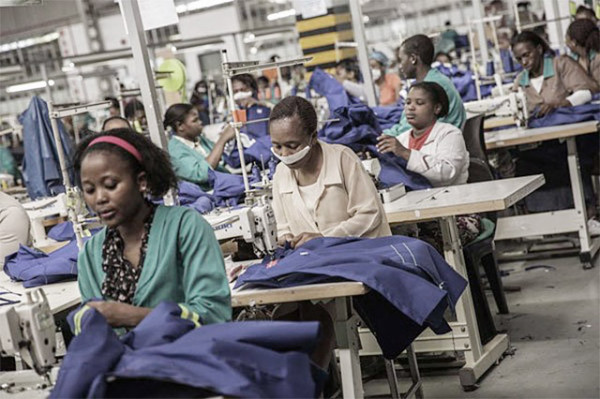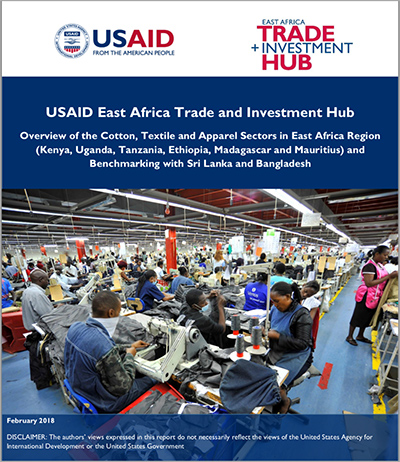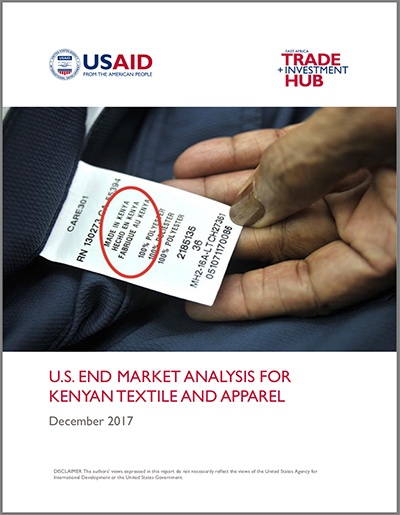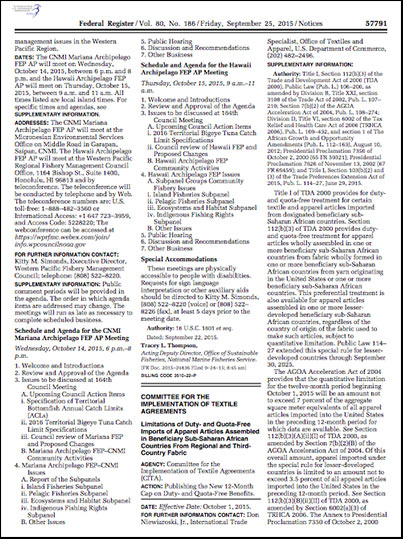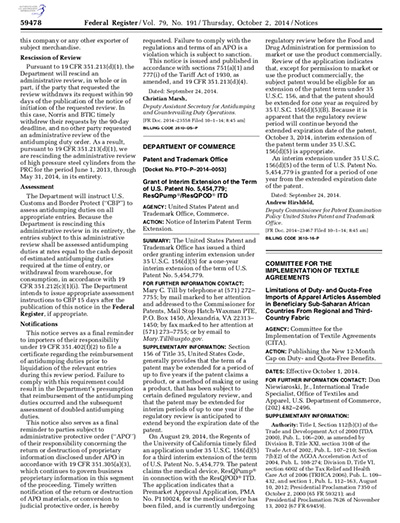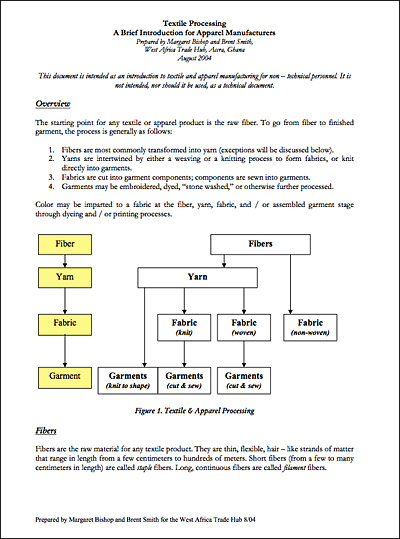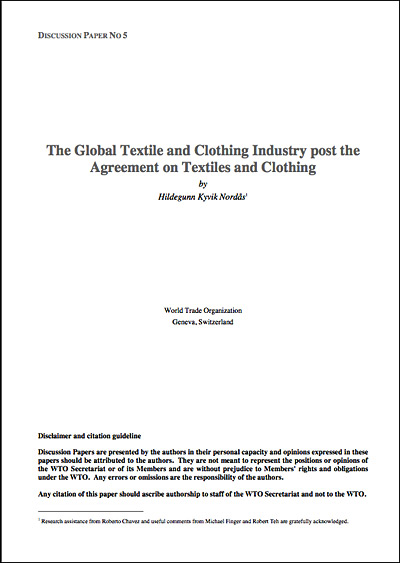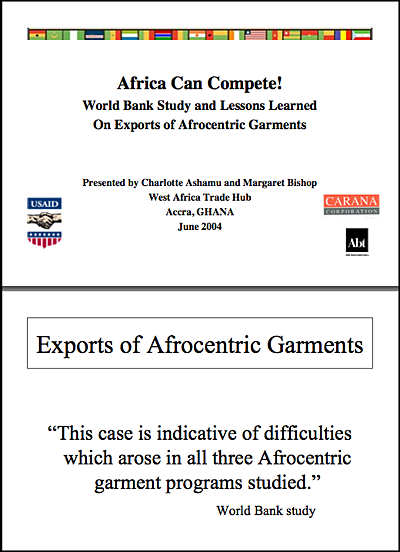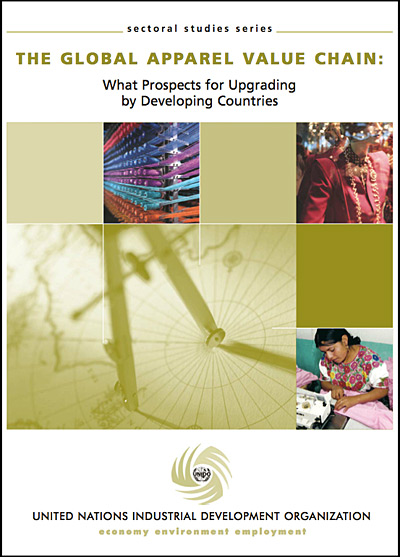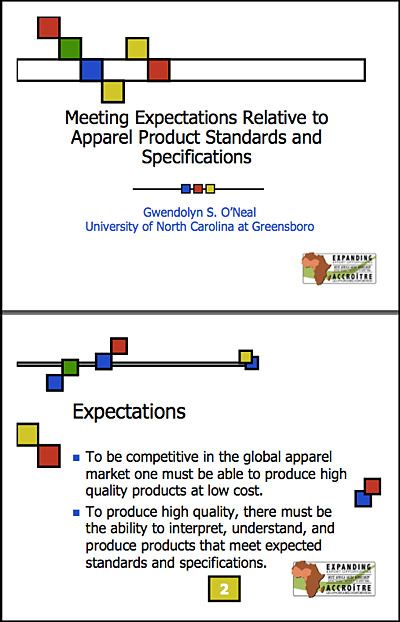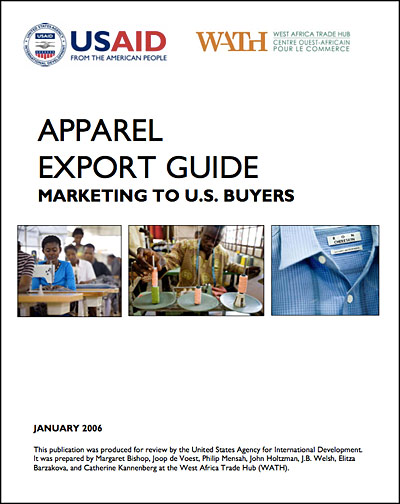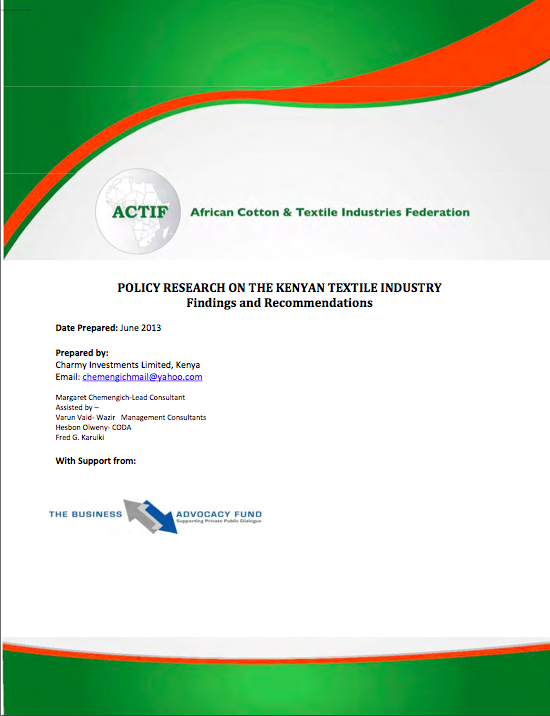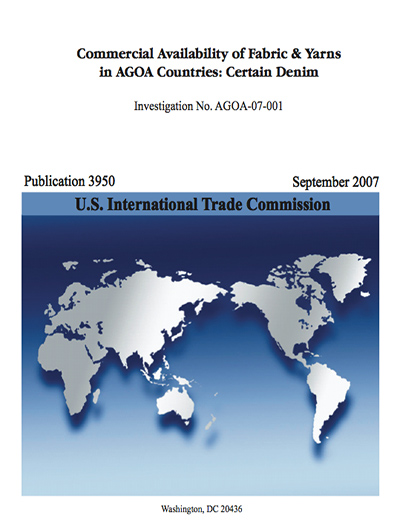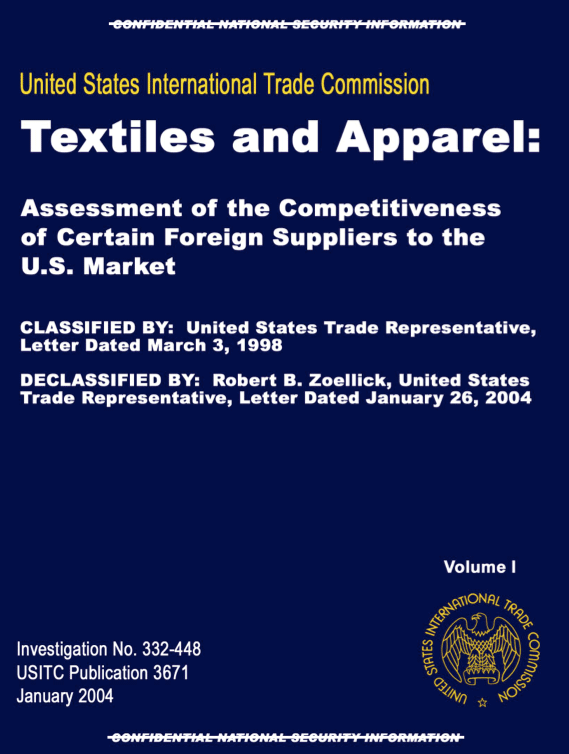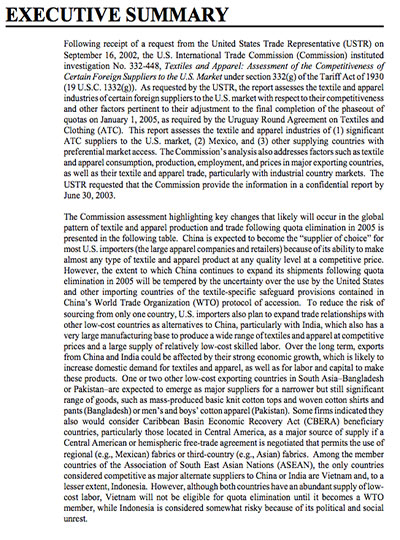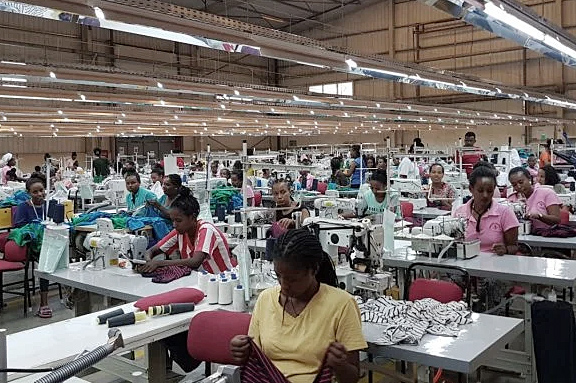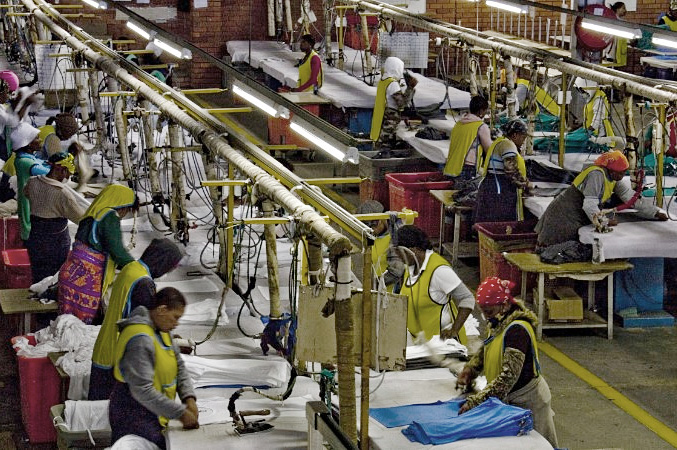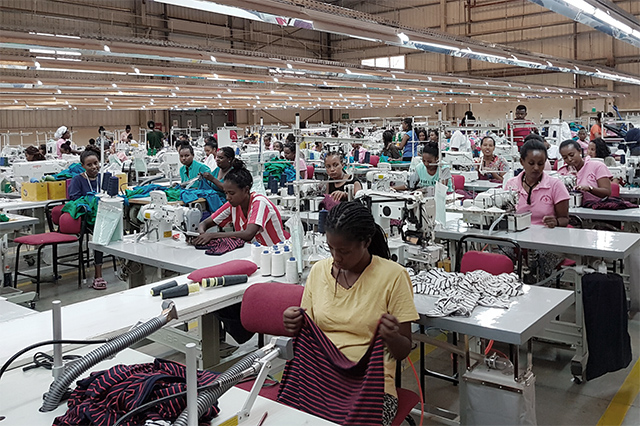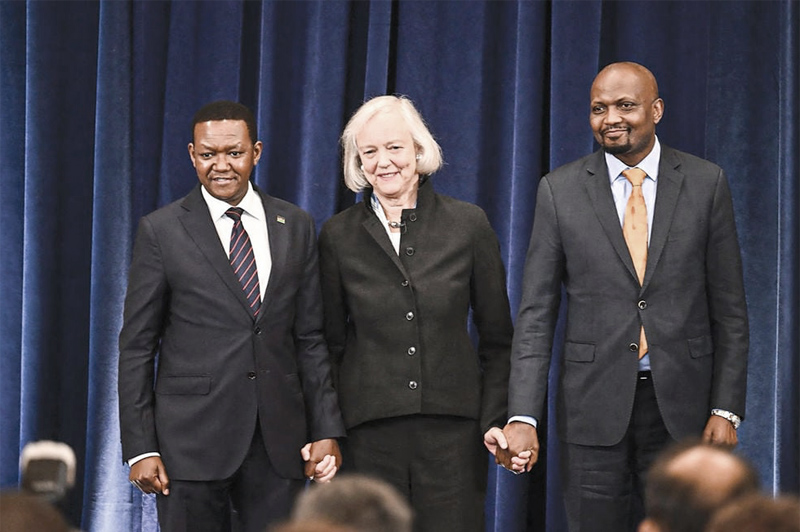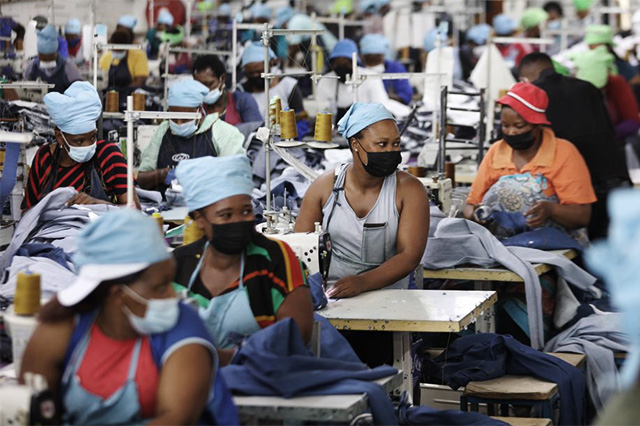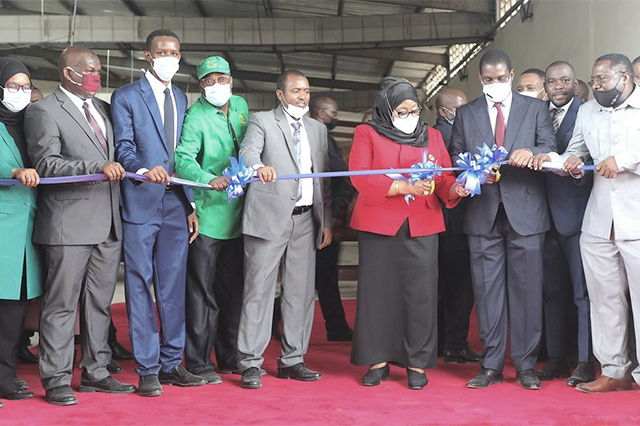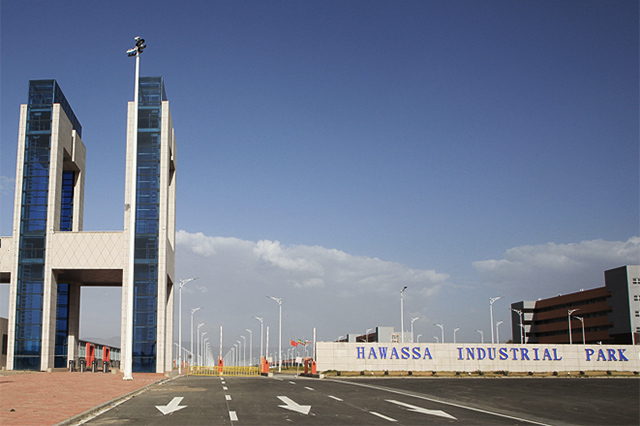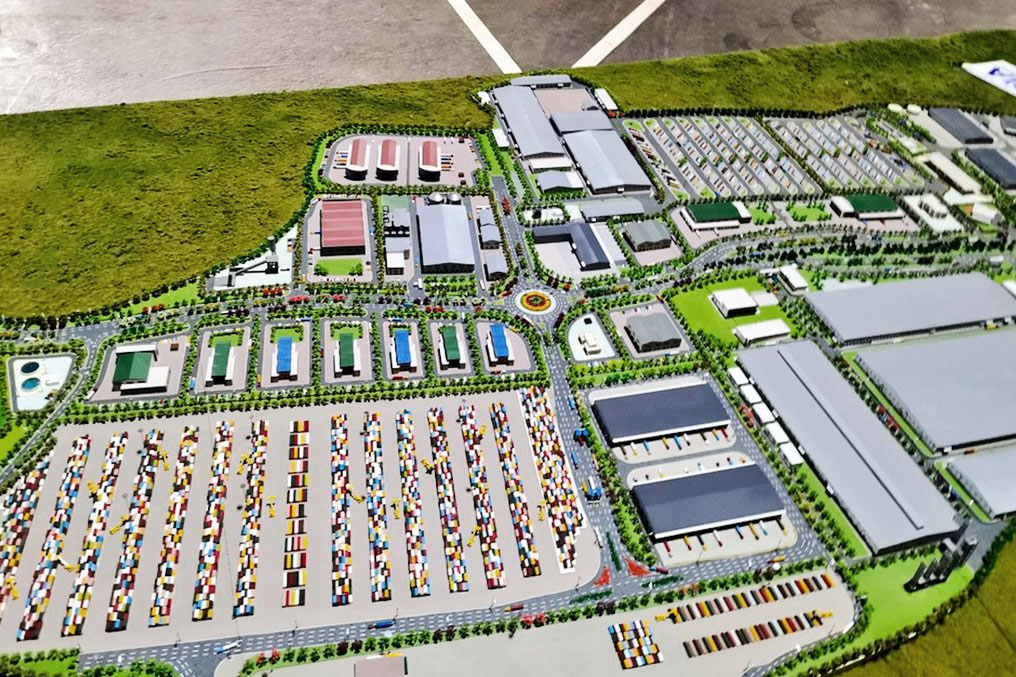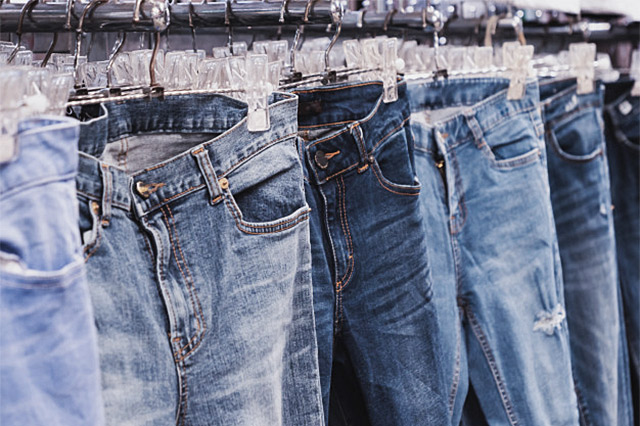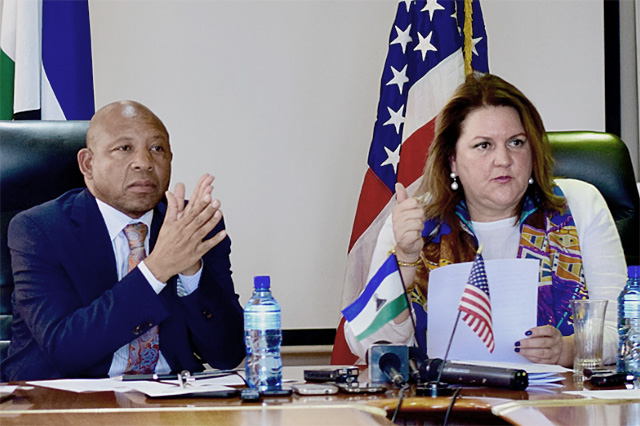Apparel manufacturing
The African apparel manufacturing sector received a major boost in 2001 when the United States included garments in the list of products eligible for duty-free access to the United States market under AGOA. This provided not only a waiver of US import duties - generally in the region of 15-30% ad valorum - but also gave African manufacturers a critical advantage over producers located in low-cost countries like China and Bangladesh which faced effective quota constraints and high tariffs on their products when shipped into the United States.
Since then, some of this advantage has been lost, not least due to the fact that quotas on Africa's competitors were removed under WTO rules.
Today, the apparel manufacturing sector has demonstrated a measure of resilience and continues to compete in the US market. Leading Sub-Saharan African exporters of apparel are Lesotho, Mauritius, Kenya, Swaziland, Madagascar and Ethiopia.
Find a link to AGOA trade data in the apparel sector at this link.
Download related documents
Overview of US textile requirements
The slides in this presentation are intended to be used in a training event with verbal elaboration by a knowledgeable presenter. The slides highlight key U.S. product safety requirements for this discussion. The text is not a comprehensive statement of legal requirements or policy and should not be relied upon for that purpose. You should consult official versions of U.S. statutes and regulations, as well as published CPSC guidance when...
Overview of the Cotton, Textile and Apparel Sectors in East Africa Region and Benchmarking with Sri Lanka and Bangladesh
Overview of the Cotton, Textile and Apparel Sectors in East Africa Region and Benchmarking with Sri Lanka and Bangladesh is a USAID Hub report that serves as a reference for businesses looking to source from East Africa. It provides easily searchable and mapped information on sector players that could be used to identify textile, apparel and apparel accessory producers who can supply products to local and regional clients and U.S....
US end-market analysis for Kenyan textiles and apparel
The apparel market in the United States (U.S.) is the largest in the world with a market value of $343 billion. In 2016, the U.S. imported apparel worth $105 billion, up from $88 billion in 2015 and $82 billion in 2014.1 U.S. consumers spent $312 billion on apparel. Ten countries account for almost 80 percent of all U.S. apparel imports with China topping the list with a 30 percent share. While Kenya does not yet stand among these countries,...
Federal Register Announcement - Apparel Quotas 2015-2016
For the one-year period, beginning on October 1, 2015, and extending through September 30, 2016, the aggregate quantity of imports eligible for preferential treatment under these provisions is 1,935,096,830 square meters equivalent. Of this amount, 967,548,415 square meters equivalent is available to apparel articles imported under the special rule for lesser- developed countries.
Federal Register Announcement - Apparel Quotas 2014-2015
For the one-year period, beginning on October 1, 2014, and extending through September 30, 2015 the aggregate quantity of imports eligible for preferential treatment under these provisions is 1,833,741,923 square meters equivalent. Of this amount, 916,870,961 square meters equivalent is available to apparel articles imported under the special rule for lesser- developed countries.
Findings into the commercial availability of denim fabric under AGOA
The Commission's determinations on denim fabric and estimates of the amount of regional African denim fabric that will be available during the 12-month period beginning October 1, 2007, for use in less developed beneficiary sub-Saharan African countries in the production of denim apparel receiving U.S. duty free treatment.
Textiles and Apparel: Assessment of the competitiveness of certain foreign suppliers to the US (2004)
USITC report (declassified in January 2004) assessing the competitiveness of various textile and apparel supply-countries to the US market. As requested by the USTR, the report assesses the textile and apparel industries of certain foreign suppliers to the U.S. market with respect to their competitiveness and other factors pertinent to their adjustment to the final completion of the phaseout of quotas on January 1, 2005, as required by the...
2003 Assessment of the competitiveness of textiles and apparel suppliers to the US market (Executive Summary)
This is the 10-page executive summary of a report assessing the competitiveness of various textile and apparel supply-countries to the US market. A full version of this recently declassified report is also available for download elsewhere on this page.
Read related news articles
Looming AGOA expiry puts US apparel buyers, off say experts
The Office of the US Trade Representative is backing a renewal of AGOA ahead of its September 2025 expiration, but calls for "tweaks" have faced pushback from experts that say it is more important to secure its timely and long-term renewal given its huge benefits for US apparel brands and retailers. A new report from the Office of US Trade Representative (USTR) has revealed US trade with African Growth and Opportunity Act...
08 July 2024
AGOA boosts Kenya's textile exports to US, sector sees 7.2% growth
The African Growth and Opportunity Act (AGOA) has benefitted Kenya’s textile and apparel sector, leading to monthly exports to the tune of Sh4.5 billion, or Sh150 million per day, last year, according to a study by London-based Institute of Economic Affairs (IEA). The programme has had a positive impact on the country’s export-processing zones (EPZs), especially in the textile and garment sector. Kenya is the second-largest exporter of...
08 August 2023
US fashion brands urge early renewal of AGOA
US fashion companies are calling for the early renewal of the African Growth and Opportunity Act (AGOA), a trade program that allows thousands of African products to enter the United States duty-free. They argue that a longer-term arrangement would not only benefit African economies but also boost investment in the region. The AGOA was first enacted in 2000 and is currently set to expire in 2025. However, US officials have indicated that the...
31 July 2023
US boosts Kenya apparel industry with $55m in new trade deals
The US is giving Kenya $55 million for expansion of export processing zones in a move that will boost Nairobi’s apparel exports. US initiative Prosper Africa and the US Embassy announced the funding at the launch of the US-Kenya Business Roadshow held on April 25 in New York. The announcement was part of the commitments made by President Joe Biden at the US-Africa Leaders’ Summit last year. The funds will be channelled under USAid and...
29 April 2023
Nigeria: Garment factory to create 2,000 direct jobs, utilize AGOA
Kwara State Governor, AbdulRahman AbdulRazaq, at the weekend, said the state’s garment factory will be inaugurated this year with a take off capacity to hire 2,000 direct labour. Speaking with dozens of APC youths, progressive social media influencers, and some online news publishers on Saturday, the governor said the idea is to make Kwara a hub for garment production, which can then benefit from the African Growth and Opportunity Act...
26 August 2022
AAFA: Africa ‘logical’ choice for brands fleeing China
The American Apparel and Footwear Association (AAFA) urged the office of the United States Trade Representative (USTR) to renew the African Growth and Opportunity Act (AGOA), as U.S. brands and retailers look to diversify sourcing. While the trade agreement’s expiration is still three years away, the Washington, D.C.-based trade group believes that establishing long-term, forward-looking policy will help brands commit to new sourcing...
29 June 2022
Kenyan textile company eyes export market through new Zanzibar facility
A Kenyan company is setting up a $51.3 million (about Sh115 billion) factory in Zanzibar as it targets to get a pie of the world’s $920 billion textile market. The global textile industry was estimated at around $920 billion in 2018, and it was projected to reach approximately $1,230 billion by 2024, available global data show. With its $51.3 million factory at Chunguni area in Zanzibar, Basra Textiles Limited is specifically targeting...
12 January 2022
Ethiopia’s economy hit as major clothing maker closes shop
Ethiopia’s once rapidly growing economy is taking another hit tied to its yearlong war, with global clothing manufacturer PVH Corp. saying it is closing its facility there because of the “speed and volatility of the escalating situation.” PVH, whose brands include Calvin Klein and Tommy Hilfiger, has been a marquee occupant of Ethiopia’s model industrial park in the city of Hawassa, where Africa’s second-most populous country has...
19 November 2021
Togo's textile focused SEZ aims to create value-added textile supply chain
Togo’s ‘PIA’, a textile focussed SEZ, aims to create an eco-system for textile value chains and offer multiple incentives to foreign investors investing in the Textile Park. A West African nation ‘Togo’ recently established the Adétikopé Industrial Platform (PIA), a Special Economic Zone (SEZ) conceptualised by ARISE IIP, to unlock the growth potential and promote the industrialisation of Togo. Located along the strategic...
05 October 2021
'Changing jeans sourcing scene has these countries coming up roses'
The sourcing landscape for denim jeans is slowly but certainly shifting, while overall U.S. blue denim apparel imports continue to decline. Imports of jeans fell 7.43 percent in the first two months of the year compared to the same period in 2020 to a value of $460.25 million, expanding on a 5.36 percent year-over-year falloff in January, according to the Commerce Department’s Office of Textiles & Apparel (OTEXA). Coming off...
09 April 2021
Lesotho: '45,000 textile jobs at severe risk'
With only about a week left, the United States government says it is "disheartened" by Lesotho's failure to address its human trafficking concerns. This puts the country on the brink, with the real risk of losing billions of maloti in funding under the second compact and about 45 000 textiles jobs facing serious jeopardy. The US had given Prime Minister Moeketsi Majoro's government a 1 February 2021 deadline to address an array of human...
28 January 2021


